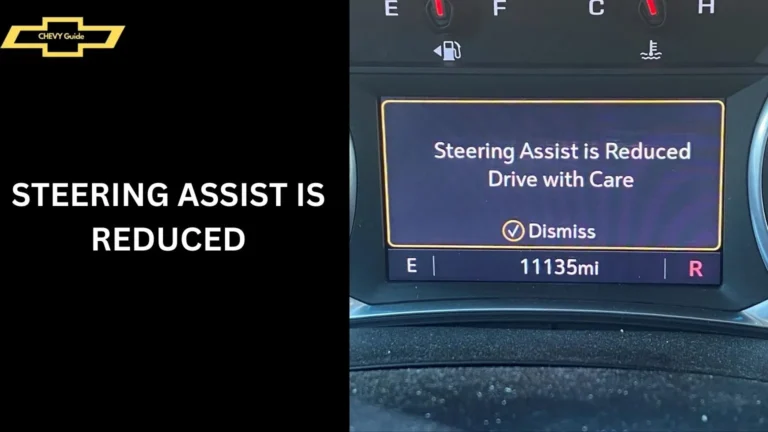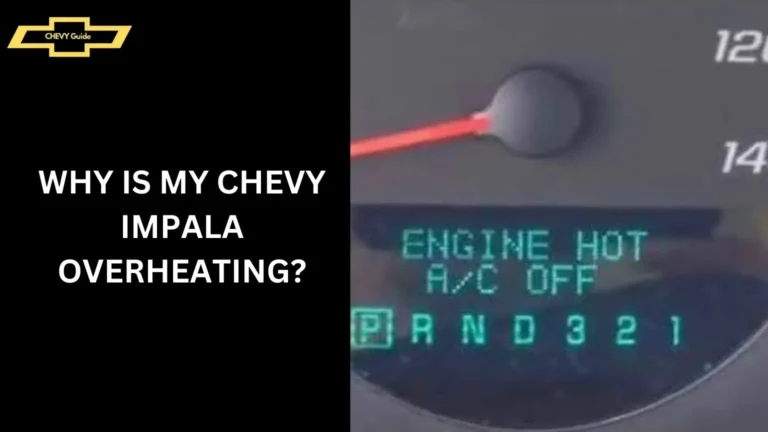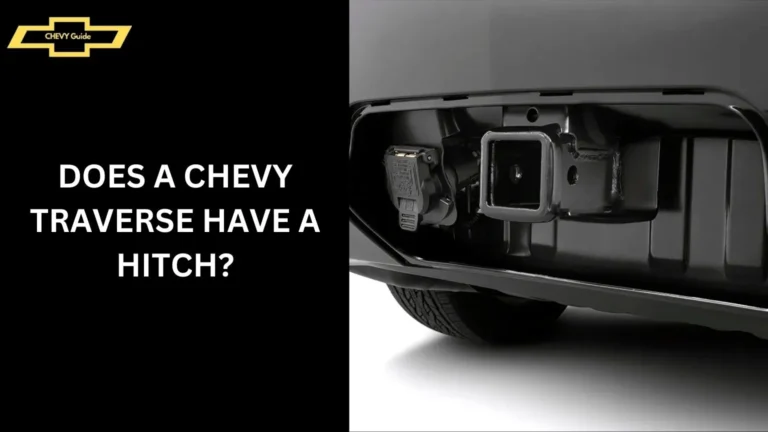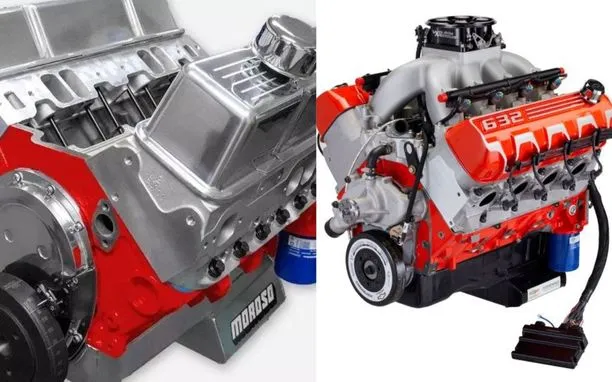How to Disengage 4 Wheel Drive Chevy Silverado? (Guide) 2024
How to Disengage 4 Wheel Drive Chevy Silverado? Owning a Chevy Silverado equipped with 4 wheel drive capability provides unmatched versatility, especially in challenging road conditions. However, understanding how to disengage 4 wheel drive properly is essential for maintaining optimal vehicle performance and safety.
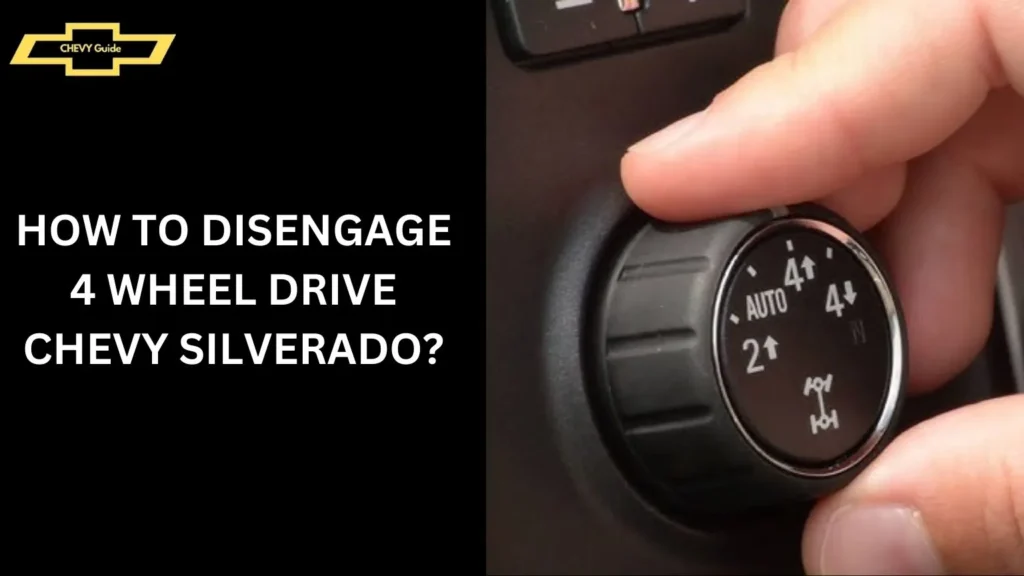
Understanding 4 Wheel Drive in Chevy Silverado
Before diving into the disengagement process, it’s crucial to grasp the basics of how 4 wheel drive (4WD) operates in your Chevy Silverado. 4WD is designed to provide power to all four wheels simultaneously, enhancing traction on slippery or off-road terrain. This capability is ideal for navigating through mud, snow, or uneven surfaces where extra grip is necessary.
How to Disengage 4 Wheel Drive Chevy Silverado?
To disengage 4 wheel drive in a Chevy Silverado, follow these steps:
- Park Safely: Find a level surface and bring your vehicle to a complete stop.
- Shift to Neutral (Manual Transfer Case): If equipped, shift the transmission to neutral.
- Select 2WD Mode: Use the transfer case lever (manual) or electronic controls (modern models) to switch to 2WD mode.
- Verify Disengagement: Listen for any clicking or clunking sounds, indicating successful disengagement.
When to Disengage 4 Wheel Drive?
Knowing when to switch back to regular 2 wheel drive (2WD) mode is key to prevent unnecessary wear and tear on your vehicle’s drivetrain. Typically, you should disengage 4WD when transitioning from rough or low-traction conditions to regular pavement or highways. Running in 4WD on smooth surfaces can lead to driveline binding and reduced fuel efficiency.
Methods to Disengage 4 Wheel Drive

There are several methods to disengage 4 wheel drive in a Chevy Silverado, depending on the model and year of your vehicle.
Method 1: Using the Transfer Case Lever
For older models equipped with manual transfer cases, disengaging 4WD involves using a lever inside the cabin. Here’s how you can do it:
- Park the Vehicle: Bring your Chevy Silverado to a complete stop and shift the transmission into neutral.
- Shift the Transfer Case Lever: Move the transfer case lever into the 2WD position. You may need to apply gentle pressure to ensure it fully engages.
- Verify Disengagement: After shifting, wait a few moments and listen for any clicking or clunking sounds. These indicate that the transfer case has successfully disengaged from 4WD mode.
Method 2: Electronic Controls
Newer Chevy Silverado models come with electronic controls for the transfer case. Disengaging 4WD is typically as simple as pressing a button or turning a dial on the dashboard. Refer to your vehicle’s owner manual for specific instructions tailored to your model year.
Method 3: Troubleshooting Common Issues
If you encounter difficulties disengaging 4 wheel drive, consider these troubleshooting steps:
- Check for any dashboard warning lights or error messages.
- Ensure the vehicle is parked on a level surface.
- Attempt to disengage 4WD after restarting the engine.
Step-by-Step Guide to Disengaging 4 Wheel Drive
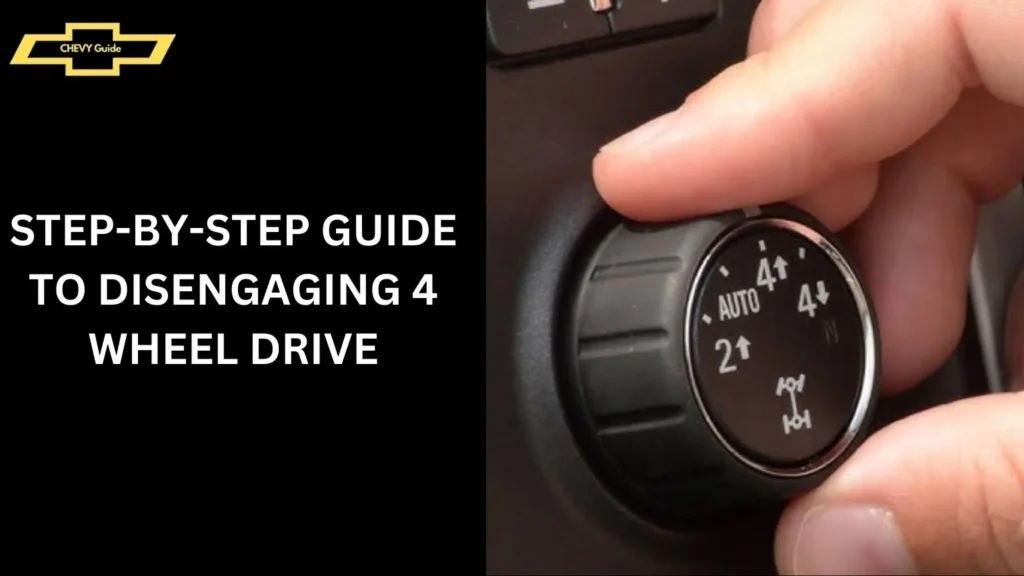
Follow these step-by-step instructions to safely disengage 4 wheel drive in your Chevy Silverado:
- Park the Vehicle: Find a safe and level area to park your truck.
- Shift into Neutral (For Manual Transfer Case): If your Silverado has a manual transfer case, shift the transmission into neutral.
- Engage 2WD Mode: Move the transfer case lever or use the electronic controls to switch to 2WD mode.
- Verify Disengagement: Listen for any unusual noises and test your vehicle by driving a short distance. Ensure the transition feels smooth without any resistance.
Tips for Disengaging Safely
- Always disengage 4 wheel drive before driving on regular roads to prevent damage to your vehicle.
- If you’re unsure about the disengagement process, consult your Chevy Silverado owner’s manual or contact a certified mechanic for assistance.
Common Problems and Solutions
Dealing with issues related to disengaging 4 wheel drive in your Chevy Silverado can be frustrating, but many common problems have straightforward solutions:
Problem 1: Transfer Case Won’t Shift
Solution: If you find that your transfer case lever or electronic controls are difficult to shift or are stuck in 4WD mode, here are some steps you can take:
- Check for Obstructions: Ensure there are no physical obstructions around the transfer case lever or the electronic control buttons. Sometimes debris or objects can hinder proper operation.
- Park on Level Ground: Always attempt to shift the transfer case when the vehicle is parked on a level surface. This ensures that the internal components align correctly for smooth shifting.
- Restart the Vehicle: Sometimes, restarting the engine can reset the electronic controls, allowing you to shift the transfer case into the desired mode.
Problem 2: Indicator Lights Remain On
Solution: After attempting to disengage 4 wheel drive, if you notice that the indicator lights on your dashboard remain illuminated, it could indicate an underlying issue such as:
- Sensor Malfunction: A faulty sensor could be sending incorrect signals to the dashboard indicator lights. Have the vehicle checked by a qualified mechanic to diagnose and replace any faulty sensors.
- Electrical Issue: Check the electrical connections related to the 4WD system. Loose connections or corroded wires can cause intermittent problems with the indicator lights.
Problem 3: Strange Noises or Vibrations
Solution: Unusual noises or vibrations when shifting out of 4WD mode may indicate potential issues with:
- Transfer Case Components: Internal components of the transfer case, such as gears or bearings, may require inspection or lubrication. Schedule a maintenance check to ensure all components are in good condition.
- Drivetrain Alignment: Improper alignment of the drivetrain components after disengaging 4WD can sometimes cause vibrations. A professional inspection can identify and correct any alignment issues.
Problem 4: Difficulty Engaging 2WD Mode
Solution: If you find it challenging to engage 2WD mode after disengaging 4WD, consider the following:
- System Calibration: Some newer Chevy Silverado models require a calibration process after switching modes. Refer to your vehicle’s owner manual for specific calibration instructions.
- Mechanical Adjustment: For manual transfer cases, ensure the shift linkage is adjusted correctly. Improper adjustment can prevent smooth engagement of 2WD mode.
Problem 5: Persistent Driveline Binding
Solution: Driveline binding occurs when there’s resistance in the drivetrain components, often due to incorrect mode selection or mechanical issues. Here’s how to address it:
- Avoid Dry Pavement: Only use 4WD when necessary, such as in slippery or off-road conditions. Driving on dry pavement in 4WD can lead to driveline binding.
- Inspect Drivetrain Components: Regularly inspect the drivetrain components, including universal joints and propeller shafts, for signs of wear or damage. Replace any worn-out parts promptly.
Maintenance Tips for 4 Wheel Drive Systems
To ensure your Chevy Silverado’s 4WD system remains in optimal condition, follow these maintenance tips:
- Regularly inspect and replace transfer case fluid according to your vehicle’s maintenance schedule.
- Avoid prolonged use of 4WD on dry pavement to prevent driveline strain.
- Keep all drivetrain components clean and well-lubricated.
People also ask
What to do if your truck is stuck in 4 wheel drive?
If your truck is stuck in 4 wheel drive, follow these steps:
Park on Level Ground: Ensure your vehicle is on a flat surface to prevent further strain on the drivetrain.
Turn Off the Engine: Allow the vehicle to sit for a few minutes to cool down.
Check Transfer Case Lever or Controls: Verify that the transfer case lever or electronic controls are in the 2WD position.
Attempt to Shift Gears: Start the engine and try gently shifting between reverse and drive to see if the transfer case disengages.
Consult the Owner’s Manual: If you’re unsure about the process, refer to your vehicle’s owner manual for specific instructions tailored to your model.
Seek Professional Assistance: If you’re unable to disengage 4 wheel drive or encounter persistent issues, it’s best to consult a certified mechanic for further diagnosis and repair.
Can you disengage 4WD while driving?
No, it is generally not recommended to disengage 4WD while driving. It’s safer to transition between 4WD and 2WD modes when the vehicle is stationary to avoid potential damage to the drivetrain components. Always follow the manufacturer’s guidelines and consult your vehicle’s owner manual for specific instructions.
Why does my 4 wheel drive not disengage?
Your 4 wheel drive may not disengage due to several reasons:
Mechanical Issue: There could be a mechanical problem with components in the transfer case, such as worn-out gears or linkage issues.
Electrical Problem: Electronic 4WD systems may have issues with sensors or control modules that prevent proper disengagement.
Mode Selection: Improper shifting technique or incorrect procedures for switching between 4WD and 2WD modes can also cause disengagement failures.
Obstructions: Physical obstructions or debris around the transfer case lever or electronic controls can hinder proper operation.
How do I put my Chevy Silverado in 4 wheel drive?
Putting your Chevy Silverado in 4 wheel drive typically involves these steps:
Bring to a Stop: Park the vehicle on a flat surface and ensure it’s completely stopped.
Shift Lever or Controls: Depending on your model, either shift the transfer case lever into 4WD mode for manual systems or use electronic controls to select 4WD mode.
Engage: Follow the specific instructions in your vehicle’s owner manual to engage 4WD safely and effectively.
Conclusion
Mastering how to disengage 4 wheel drive in your Chevy Silverado is essential for preserving its performance and longevity. By following the outlined methods and maintenance tips, you can confidently transition between 4WD and 2WD modes while ensuring a smooth and safe driving experience.

My name is James Henry, and I’m thrilled to share my passion for Chevy vehicles with you. With over a decade of hands-on experience in car repair and a deep love for everything Chevy, I’ve dedicated this site to helping fellow enthusiasts and owners navigate the world of Chevrolet.


